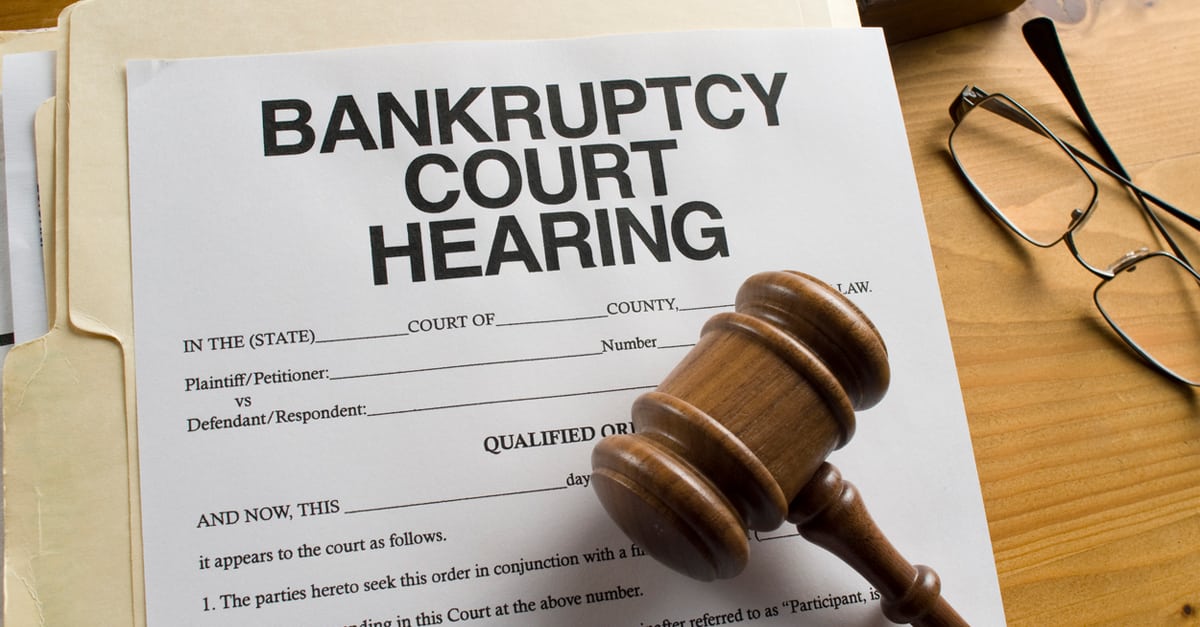Different Kinds Of Bankruptcies And What They All Mean

If you are faced with the unpleasant task of having to file for bankruptcy, you should be aware that there are 3 basic kinds of corporate bankruptcy. Each has it’s own advantages and disadvantages, depending on the type of organization you have and what your long term goals may be. Some of the plans keep the company operating, while other plans include shutting down the business and closing everything.
Chapter 7. This may be the best choice if your business has no viable future and cannot get back on it’s feet by reorganizing. Sometimes, it is possible for a company to work with closeout websites or closeout distributors, sell old inventory, generate cash and stay afloat. If you can identify and sell obsolete inventory it may be an option, instead of shutting down your business. Chapter 7 is the best option when the debts of the company are so overwhelming that a restructuring of the organization is not an option. Chapter 7 is usually referred to as a liquidation or a going out of business sale, and the end result is liquidating, getting rid of inventory and shutting down the business.
Chapter 11. Chapter 11 bankruptcies are designed to allow struggling businesses time to make changes to the business, restructure, and try to turn things around. When a business files Chapter 11 bankruptcy, it is allowed to continue operating under the supervision of the bankruptcy court, and it must act in accordance with the bankruptcy plan put in place and approved by the court. Chapter 11 is best for companies that are in over their heads in debt, but still have some assets and regular income. Part of the restructuring will surely include a plan to sell old inventory as a means to generate additional income. Any old merchandise not needed for the business’s current operations will be sold off, and they will also sell obsolete inventory that is either backup stock, discontinued inventory, or discontinued inventory no longer in their product line.
Chapter 13. This is usually reserved for individuals or sole proprietors. Many of the same ideas apply to both Chapter 11 and Chapter 13, including selling obsolete inventory to increase cash on hand, and selling old inventory via closeout buyers or other closeout websites. In both cases, these are alternate plans to shutting down the business and liquidating all the inventory. As in Chapter 11, the goal is reorganization and continued business operations.
In each case, it would still be helpful to get rid of old inventory and sell obsolete stock to excess inventory buyers. You can do a simple search online for “closeout companies or “closeout websites”, sell off as much discontinued inventory as possible, and generate as much cash as you can. When you are in the throws of a bankruptcy, especially if you plan to reorganize and keep operating, it will always be helpful for you to have as much cash on hand as possible to pay vendors and keep your business running.



